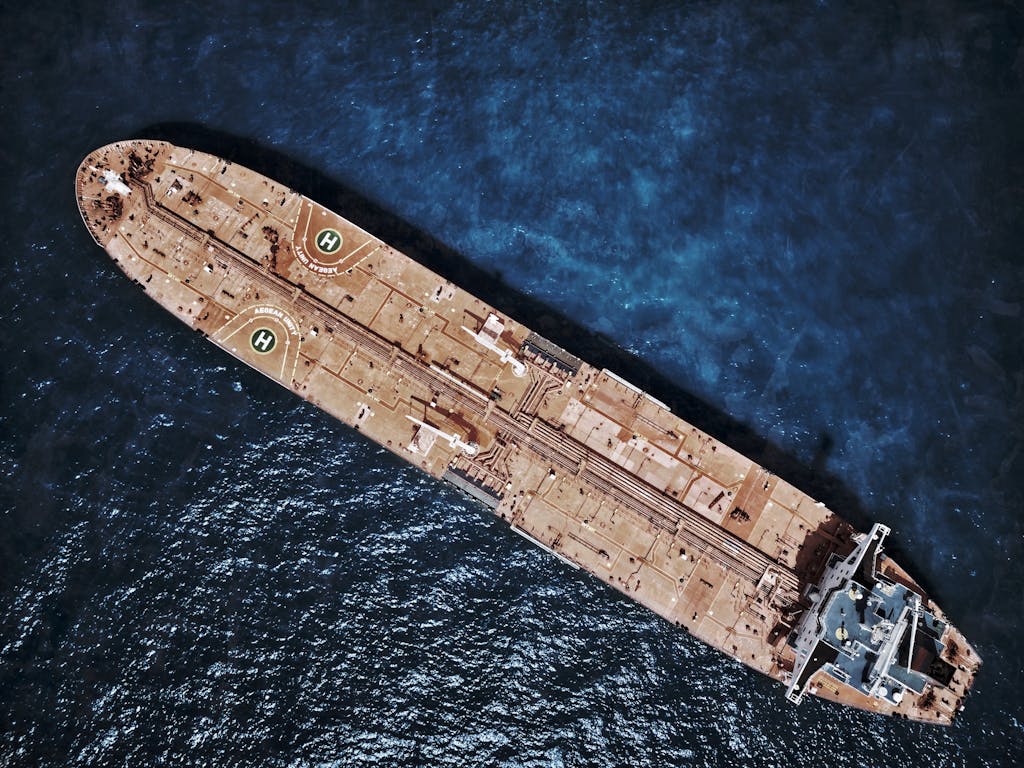Major Hazards on Oil Tankers and How to Mitigate Them

Oil tankers play a crucial role in global trade, transporting vast quantities of crude oil and refined products across oceans. However, due to the nature of their cargo, these vessels face significant hazards that can pose risks to crew members, marine ecosystems, and port operations. Understanding these risks and implementing effective safety measures is essential for ensuring smooth and secure operations.
1. Fire and Explosion Hazards
One of the most critical risks aboard an oil tanker is fire and explosion. Crude oil and petroleum products produce flammable vapors that can ignite if they come into contact with an ignition source. Static electricity, open flames, and sparks from machinery can all trigger a fire or explosion.
Mitigation Strategies:
- Implementing inert gas systems to reduce oxygen levels in cargo tanks.
- Using anti-static bonding and grounding during cargo transfer operations.
- Enforcing strict no-smoking policies in designated areas.
- Conducting regular maintenance and inspections on electrical systems and machinery.
2. Oil Spills and Environmental Damage
Oil spills can have devastating effects on marine ecosystems and coastal communities. Tanker collisions, groundings, or structural failures can result in massive oil leaks, leading to environmental disasters.
Mitigation Strategies:
- Following International Maritime Organization (IMO) regulations on double-hull tanker designs.
- Conducting frequent hull integrity inspections to detect weaknesses.
- Implementing oil spill response plans and equipping vessels with spill containment equipment.
- Training crew members in emergency response drills to act quickly in case of an accident.
3. Cargo Handling Risks
Improper cargo loading and unloading procedures can lead to overpressure, vapor releases, or cargo contamination, posing serious safety threats.
Mitigation Strategies:
- Ensuring proper ventilation of cargo tanks before loading and unloading.
- Using closed loading systems to prevent vapor escape.
- Monitoring temperature and pressure levels during transit.
- Training crew members on safe cargo handling protocols to minimize human errors.
4. Structural Failures and Hull Damage
Oil tankers are subjected to harsh marine environments that can cause metal fatigue, corrosion, and structural failures over time.
Mitigation Strategies:
- Conducting regular maintenance and ultrasonic thickness measurements to assess hull integrity.
- Applying corrosion-resistant coatings and protective measures.
- Implementing ballast water management systems to maintain stability and reduce stress on the hull.
5. Crew Fatigue and Human Error
Crew fatigue is a major contributing factor to maritime accidents. Long shifts, high workloads, and poor rest conditions can lead to errors in navigation, cargo handling, and emergency response.
Mitigation Strategies:
- Enforcing work-rest hour regulations as per the Maritime Labour Convention (MLC).
- Rotating crew members to avoid prolonged working hours.
- Providing adequate onboard facilities for rest and recreation.
- Conducting regular safety training to improve alertness and decision-making skills.
Conclusion
Oil tanker operations involve inherent risks that require strict safety protocols, advanced technology, and continuous training to manage effectively. By adhering to international regulations and best practices, ship operators can minimize hazards, protect their crew, and ensure the safe transportation of oil across global waters.
References:
- International Maritime Organization (IMO) – www.imo.org
- Oil Companies International Marine Forum (OCIMF) – www.ocimf.org
- Safety4Sea – www.safety4sea.com
- American Bureau of Shipping (ABS) – www.eagle.org
- International Safety Guide for Oil Tankers and Terminals (ISGOTT)
